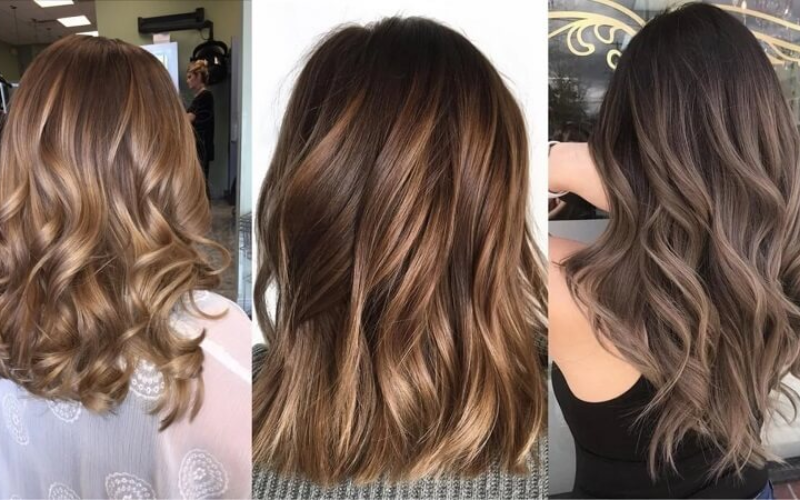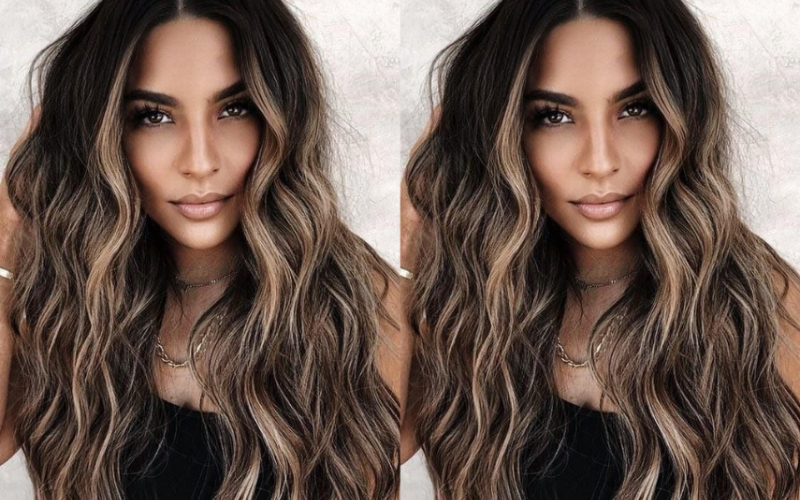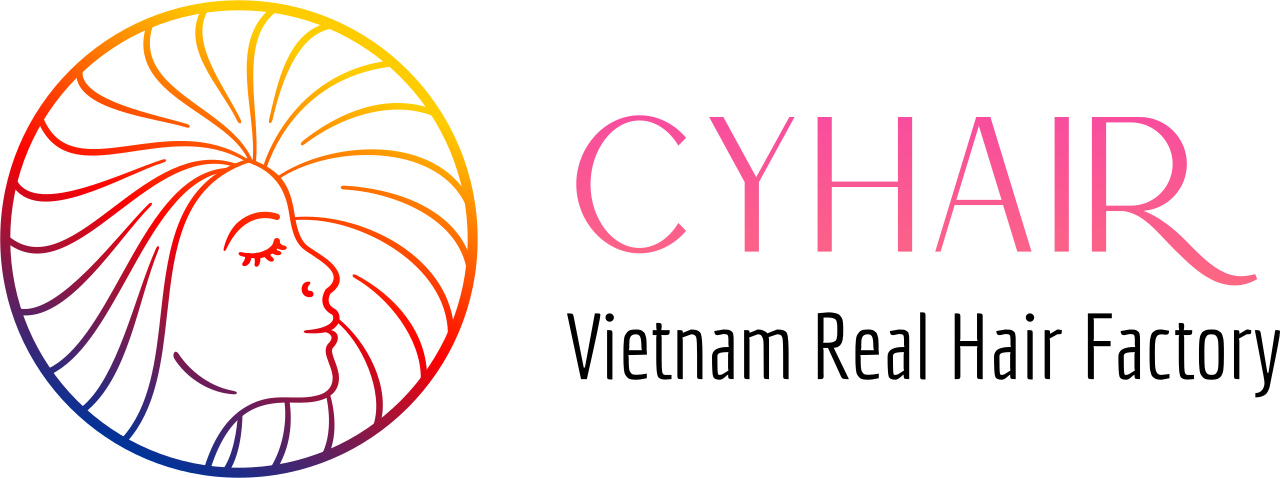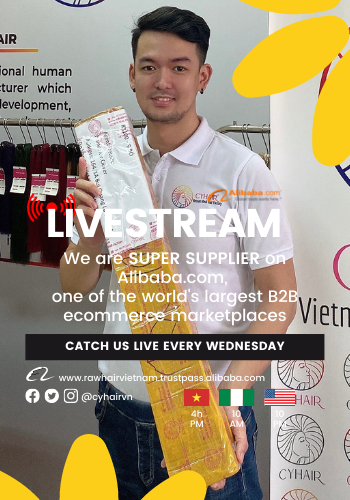In French, “balayage” means “to sweep” or “to paint.” For a more natural effect, the balayage hair is carefully painted onto the hair.
Balayage hair facts you may not know
Main contents
One of the most sought-after hair salon services is now balayage hair. While the popularity of balayage has undoubtedly increased recently. Although the coloring method has been around for a while, modern hair salons have just lately begun to use it. Hair stylists have mastered the balayage technique over time.
Even went on to become well-known because of their proficiency and technique with balayage. As supermodels and celebrities alike flaunt their delicately melting, sun-kissed hair colors. Balayage hair is undoubtedly here to stay.
You might be wondering what balayage hair is. Can one perform balayage at home? How do you pick a hairdresser that is qualified to handle balayage? We have answers to all of these questions and more.
Learn all about balayage
Here are a few interesting factoids about Balayage hair that you might not be aware of.
Just what is balayage?
Those ladies who have thick, voluminous hair and appear to have just returned from a vacation in warm California? Balayage is that.
The French word “balayage” means “to sweep” or “to paint.” In order to give the hair a natural look, the dye is manually painted onto the hair in this method of dying hair. Gradual transition without any stark or clear lines. Balayage employs a range of bright and dark tones to create several color dimensions. Leaving the hair with a well-balanced, all-natural shine from the sun.
The ability to perfectly tailor the color to your hair type and color is what makes balayage so enticing. Freehand painting the hair in a deliberate manner. You may draw attention to particular facial traits or even take it away. Additionally, you can be certain that nobody else has hair that is exactly the same hue as yours.

What is balayage?
Where is the origin of balayage?
The glamorous origins of balayage hair may be traced to the ultra-exclusive Carita Salon in Paris in the 1970s. The industrial standard at the time was to color hair using icing caps and foils. A brand-new, groundbreaking method was balayage. To get that carefree, sun-kissed look, separate colored hair from uncolored hair using cotton strips. Balayage hair first arrived in the US in the 1990s and has only recently started to gain widespread acceptance.
What makes highlights and balayage different from one another?
The era of those dated foil highlights from Nicole Ritchie’s The Simple Life is over. Today, it’s crucial to appear stylish, contemporary, and effortless. As opposed to conventional foil highlights.
Balayage is not saturated all the way through the section; rather, it is freehand painted straight onto the hair’s surface. Do you still have those “stripey” highlights from the early 2000s? The exact reverse is true of balayage. The highlights are less even since balayage is manually applied. This causes the dye to spread more gradually and leaves behind a lovely, natural multi-toned tint.
Additionally, by doing this, you can make sure that the highlights complement your hairstyle and natural growth patterns.
What distinguishes ombré and balayage hairstyles?
You could assume that the balayage method sounds similar to other highlighting techniques that have lately gained popularity. Although this is partially accurate, there are some significant variations.
The word “ombré” means “shadow” in French, and it refers to a method of dying hair that progresses from dark to light. The end result is often hair that is darker from the roots to the mid-shaft and gradually lighter from the mid-shaft to the ends. The goal of this method is to make the hair appear dip-dyed. Balayage, as previously noted, refers to painting or sweeping.
It’s a coloring procedure that yields highlights that appear natural. Color is brushed through tiny, triangular portions of hair onto a board or foil for balayage. Resulting in a perfect blending of your natural hair color and the highlights. There is no distinct fading line between the darker and lighter colors when using balayage.
Additionally, darker parts are left at the bottom to provide depth and texture to the hair. Due to this organic transition, balayage hair also requires less upkeep.

What distinguishes ombré and balayage hairstyles?
Does balayage suit you?
With balayage, the creative possibilities are limitless. Simply choose how radical a change you want to make and how brave you feel. If you’ve never colored your hair before, balayage is a more moderate introduction. It’s a good idea to consider your typical hairstyle as well. As a result, you could have to choose between balayage and its alternative.
For instance, balayage looks lovely when it is completed with beachy, wavy waves. While straight hair or a strong bob would display more pronounced color blocking. In any case, talk to your hair colorist prior to your visit. You should be sure that the choice you are making seems appropriate for your lifestyle and for yourself.

Does balayage suit you?
Conclusion
To revitalize yourself, try some different hairdos like Balayage hair. Who knows, maybe your hairstyle will help you stick out more. Please get in touch with us directly through our website if you want additional information about hair.
Contact us:
+ Whatsapp: +84387751243
+ Email: leeanh@cyhair.vn
+ Factory address: Bac Ninh City, an hour’s drive from Hanoi Capital
+ Office: 59 Cong Hoa, Ward 4, Tan Binh District, Ho Chi Minh City.

